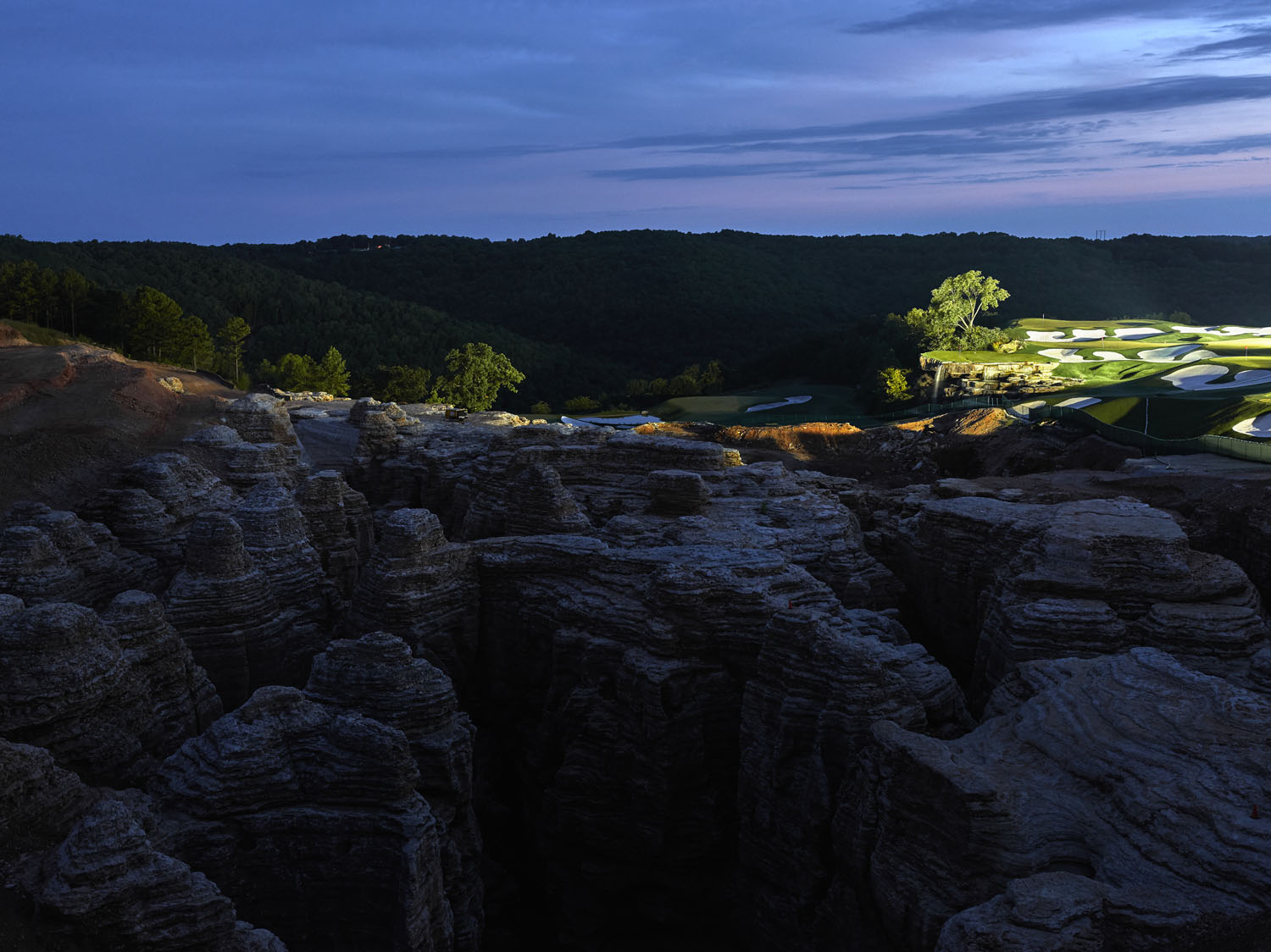Image


In the Ozark Mountains, the sacred and the mundane form a uniquely American mythology.
You should really subscribe now!
Or login if you already have a subscription.
Jenna Garrett’s work has been featured in the New York Times and WIRED. Garrett is a Silver Eye Fellowship Award honoree, Critical Mass finalist, and CATALYST mentee. She has shown at the Aperture Gallery, Bristol Photo Festival, Photoville, and Slideluck. Garrett holds a Masters in Fine Art Photography from...